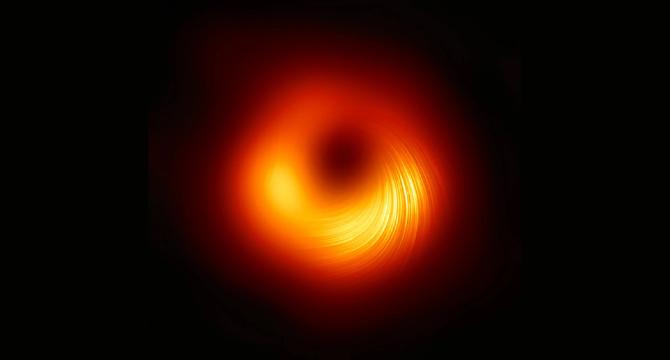Livescience
3d
386

Image Credit: Livescience
Monster black hole M87 is spinning at 80% of the cosmic speed limit — and pulling in matter even faster
- Monster black hole M87, one of the largest in our vicinity, spinning at 80% of the theoretical maximum speed possible in the universe, with its inner edge of accretion disk moving at about 14% the speed of light.
- Scientists calculated the rotation speed by studying the 'bright spot' in the black hole images caused by relativistic Doppler beaming, measuring the brightness difference.
- Matter is falling into the black hole at roughly 23% the speed of light, with the black hole consuming material equivalent to 0.00004 to 0.4 solar masses annually, operating below the 'Eddington limit.'
- The energy from the in-falling material matches the power output of M87's jet, supporting the theory that the jet is powered by the black hole's feeding process, representing a significant step in understanding supermassive black holes.
Read Full Article
23 Likes
For uninterrupted reading, download the app